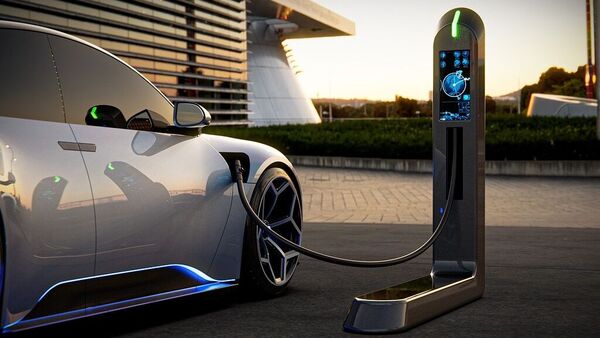- China has taken India to the WTO, alleging its EV and battery subsidy schemes favour domestic manufacturing and restrict imports, challenging India’s flagship PLI initiatives.

View Personalised Offers on
As per PTI, China has lodged a complaint at the World Trade Organisation (WTO), alleging that India’s Production Linked Incentive (PLI) schemes for advanced chemistry cell (ACC) batteries, automobiles, and electric vehicles (EVs) violate global trade rules.


According to a WTO communication dated October 20, Beijing has sought consultations with India under the dispute settlement mechanism, the first step in resolving trade disputes.
China claims that India’s schemes:
- Are contingent on the use of domestic goods over imports.
- Discriminate against products from China.
- Violate India’s obligations under the SCM (Subsidies and Countervailing Measures) Agreement, GATT 1994, and the TRIMs (Trade-Related Investment Measures) Agreement.
India’s EV push under the spotlight
In its submission, China listed three Indian government schemes it says breach WTO norms, the National Programme on Advanced Chemistry Cell (ACC) Battery Storage.
With an outlay of ₹18,100 crore, the PLI Scheme for Automobile and Auto Components is worth ₹25,938 crore, and the Scheme to Promote Manufacturing of Electric Passenger Cars in India, aimed at attracting global EV makers.
Beijing argues these programmes tie incentives to local sourcing, discourage imports, and disadvantage foreign, especially Chinese, products.
What does this mean under WTO rules?
Under WTO procedures, a consultation request is the first step in dispute resolution. If both sides fail to reach an agreement, China can ask the WTO to form a dispute panel to rule on the issue. Both nations are WTO members, and any member can file a complaint if it believes another’s policies harm its exports.
Why is China concerned now?
China’s complaint comes at a time when its domestic EV industry is facing overcapacity and shrinking profits amid intense price wars. According to the China Passenger Car Association (CPCA), Chinese automakers exported 2.01 million electric and plug-in hybrid vehicles in the first eight months of 2025, a 51 per cent rise year-on-year.
But as the EU imposes a 27 per cent tariff on Chinese EVs, Beijing is turning to other markets, including India, to sustain its export growth.
What happens next?
China has proposed consultations with India and awaits a response. If talks fail, the matter could advance to a formal WTO dispute panel, potentially becoming one of the most significant trade issues between the two Asian auto powerhouses in recent years.
Get insights into Upcoming Cars In India, Electric Vehicles, Upcoming Bikes in India and cutting-edge technology transforming the automotive landscape.
First Published Date: 21 Oct 2025, 18:23 pm IST







